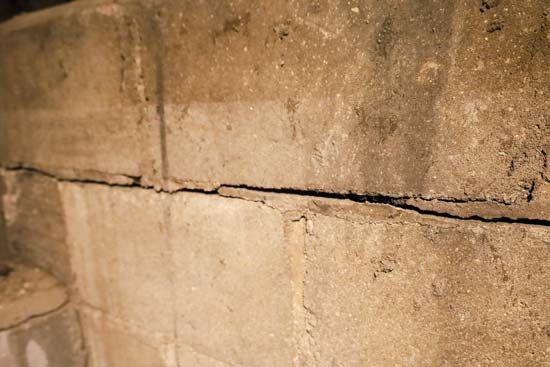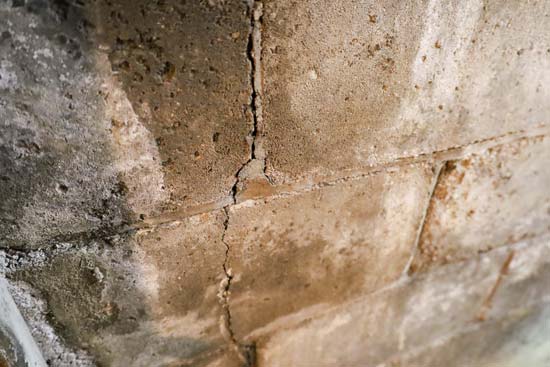Call Toll Free!
(866) 545 - 7753
The first thing we often blame when we see cracks in the floors and walls of our foundation is to blame how the foundation itself was built. Bowing and buckling walls, uneven floors, and other symptoms are frustrating and it makes sense that the first place to point a finger would be at the construction of the home. However, the actual cause likely isn’t how the foundation was constructed, but rather the strength of the soil that surrounds your home.



When a foundation is poured, the soil that was replaced to add the foundation is replaced and packed around the newly installed concrete. This is also known as backfill. The unfortunate result of this, especially during rain, is that the process can actually weaken the soil around the foundation and lead to significant issues that most homeowners don’t know about.
The layers of soil around your foundation are many. Loamy soils are great not only for gardens but also for foundations as it allows water to pass through and not sit next to the foundation and cause problems.
Clay soil on the other hand absorbs a significant amount of water that can then expand, putting what is called Hydrostatic Pressure on the foundation, which leads to wall and floor cracks, bowed walls, etc.
When one of the layers of soil around your foundation cannot properly support its weight, the foundation can sink and become unbalanced. This imbalance is what puts stress on the concrete or concrete blocks, creating stairstep cracks and sinking into the earth to eventually cause destabilization.
If you notice any of these issues, don’t hesitate to call The Foundation Repairers to strengthen and stabilize your home today!